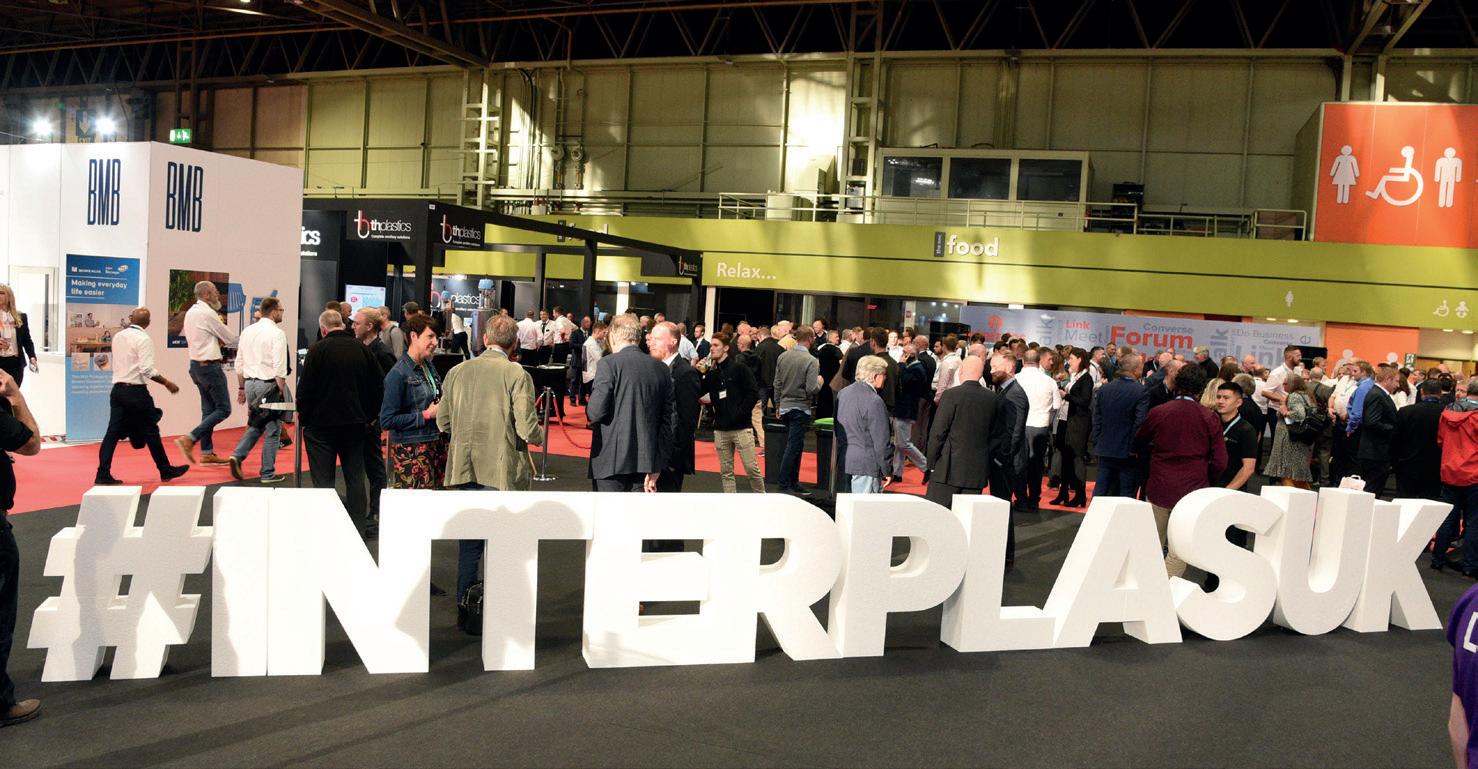
1 minute read
AUTOMATION & ROBOTICS
from BP&R Jan/Feb 23
ABOVE: The SXIII can integrate with robots like the TVL700
BELOW: Shibaura Machine’s SXIII injection moulding machine
EC1800SX-155B, was tested against a competing all-electric IMM. Although both machines had the same energy consumption, the Shibaura Machine IMM delivered a faster cycle time, for overall energy efficiency savings of 30 per cent.
Bringing it all back home
Meanwhile, the TM Robotics’ customer has experienced 20 to 40 per cent lower running costs and 35 per cent faster cycle times with the all-electric IMMs, plus a lower cost-per-mould.

Thanks to these benefits, the manufacturer of plastic containers has ordered several more Shibaura Machine IMMs from TM Robotics, specifically its newest SXIII range of injection moulding machines. An additional benefit is that the SXIII can be easily integrated with Shibaura Machine robots like the TVL industrial robot range that are compact, lightweight and space saving. Each robot has varying reach and payload specifications, and a longer arm length compared with previous robot ranges.
The advantages of all-electric injection moulding machines, like the EC-SX and SXIII, demonstrate how automation and robots can help manufacturers bring their operations back home to the UK. Reshoring can be achieved with cost- and energy-efficiency as well as productivity benefits — even if, as Ozzy sang, things “ain’t the same.”










